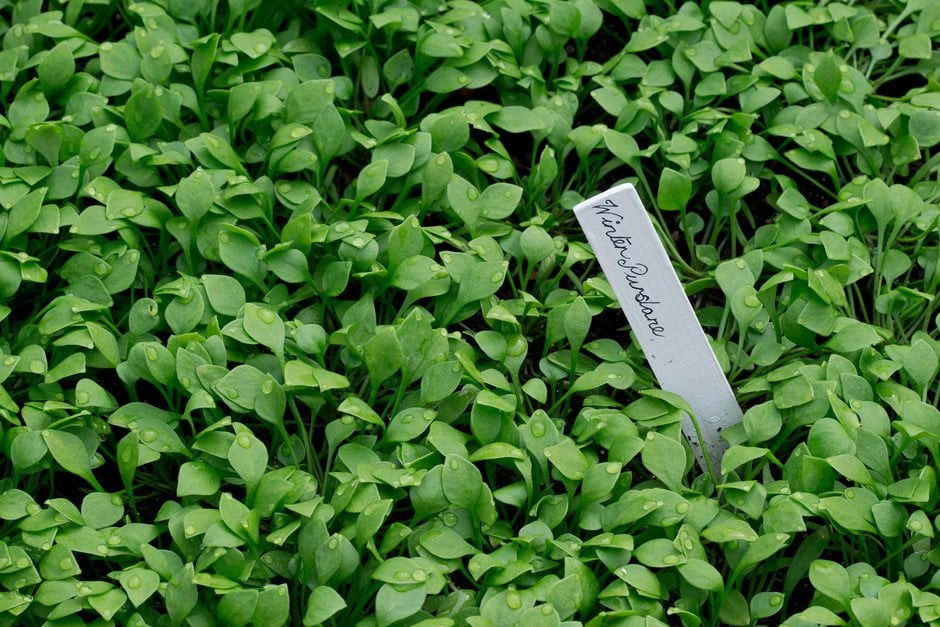Claytonia perfoliata
spring beauty
A freely self-seeding, annual wildflower of North America, with slightly succulent stems and leaves, In spring and summer, tiny white flowers are carried in clusters above the uppermost, saucer-like leaf. Winter purslane is sometimes cultivated as a salad crop
Synonyms
Montia perfoliataSize
Ultimate height
0.1–0.5 metresTime to ultimate height
1–2 yearsUltimate spread
0.1–0.5 metresGrowing conditions
Moisture
Moist but well–drainedpH
Acid, Alkaline, NeutralColour & scent
| Stem | Flower | Foliage | Fruit | |
| Spring | White | Green | ||
|---|---|---|---|---|
| Summer | White | Green | ||
| Autumn | Green | |||
| Winter | Green |
Position
- Full sun
Aspect
East–facing or South–facing or West–facing
Exposure
Sheltered Hardiness
H7Botanical details
- Family
- Montiaceae
- Native to GB / Ireland
- No
- Foliage
- Deciduous
- Habit
- Tufted
- Genus
Claytonia are annuals or perennials, deciduous or evergreen, with fleshy leaves and small pink or white flowers
- Name status
Correct
- Plant range
- W N America
How to grow
Cultivation
Grow in any moist but well-drained soil in full sun
Propagation
Propagate by seed. See sowing vegetable seeds
Suggested planting locations and garden types
- Cottage and informal garden
Pruning
No pruning required
Pests
Generally pest-free
Diseases
Generally disease-free
Love gardening
Sign up to receive regular gardening tips, inspiration, offers and more
View our Privacy Policy
Get involved
The Royal Horticultural Society is the UK’s leading gardening charity. We aim to enrich everyone’s life through plants, and make the UK a greener and more beautiful place.

